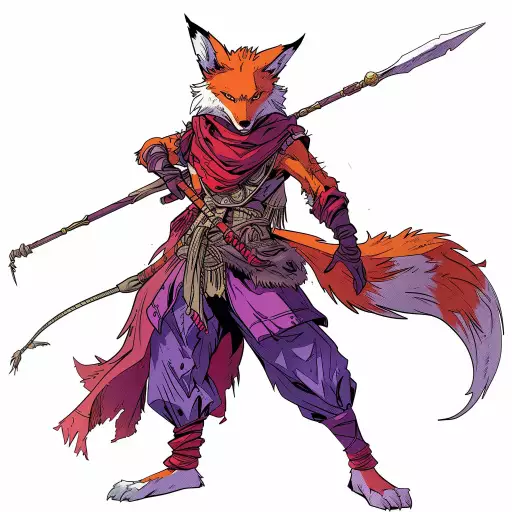Explore the Best AI Image Gallery

Pixels and Perceptions: AI-Generated Images Reimagine the Art World
The world of art has always been a canvas for innovation, constantly evolving with new technologies and perspectives. Today, artificial intelligence (AI) is poised to revolutionize the creative landscape like never before, particularly through the generation of images that blur the lines between human ingenuity and machine learning.
A New Dawn in Artistic Creation
AI-powered image generators, fueled by massive datasets of existing artwork and code, can produce stunningly realistic and imaginative visuals at an unprecedented scale. These algorithms learn patterns, styles, and concepts from the data they are trained on, allowing them to create unique compositions, manipulate existing images, and even generate entirely novel artistic expressions.
Shaping the Creative Industry
The emergence of AI-generated images has profound implications for various sectors within the creative industry:
- Design: AI can assist designers in generating concept art, creating prototypes, and exploring innovative visual solutions across industries like fashion, architecture, and product design.
- Marketing and Advertising: Brands can leverage AI to create personalized marketing materials, generate eye-catching visuals for social media campaigns, and develop dynamic content that resonates with target audiences.
- Entertainment: The film, animation, and gaming industries can utilize AI to generate realistic environments, characters, and special effects, enhancing storytelling and immersive experiences.
Navigating the Ethical Landscape
While the potential benefits of AI-generated images are undeniable, several ethical considerations require careful attention:
- Copyright and Ownership: Questions arise regarding the ownership rights of AI-generated artwork. Who holds the copyright – the creator of the algorithm, the user who prompts the AI, or the AI itself?
- Bias and Representation: AI algorithms are trained on existing data, which may contain inherent biases that reflect societal stereotypes or prejudices. Its crucial to ensure that AI-generated images promote diversity and inclusivity.
- Job Displacement: The automation capabilities of AI raise concerns about potential job losses in creative fields. However, its also important to recognize that AI can augment human creativity and open up new opportunities.
Looking Ahead: The Future of AI-Generated Art
The field of AI-generated art is rapidly evolving, with continuous advancements in algorithms, hardware, and accessibility. We can anticipate:
- More sophisticated and versatile AI tools:** Developers will continue to refine algorithms, enabling AI to generate even more realistic, imaginative, and personalized artworks.
- Increased collaboration between humans and AI:** Artists and designers will increasingly leverage AI as a creative partner, using it to explore new ideas, overcome technical challenges, and enhance their artistic visions.
- New forms of artistic expression: AI-generated art will likely give rise to novel genres, styles, and mediums, pushing the boundaries of creativity and redefining what constitutes art in the digital age.
Conclusion
AI-generated images have arrived, ushering in a new era of artistic exploration and creative possibilities. As we navigate this transformative landscape, it is essential to embrace both the potential and the challenges that AI presents. By fostering ethical development, promoting inclusivity, and encouraging collaboration between humans and machines, we can ensure that AI-generated art becomes a powerful force for innovation and expression in the years to come.